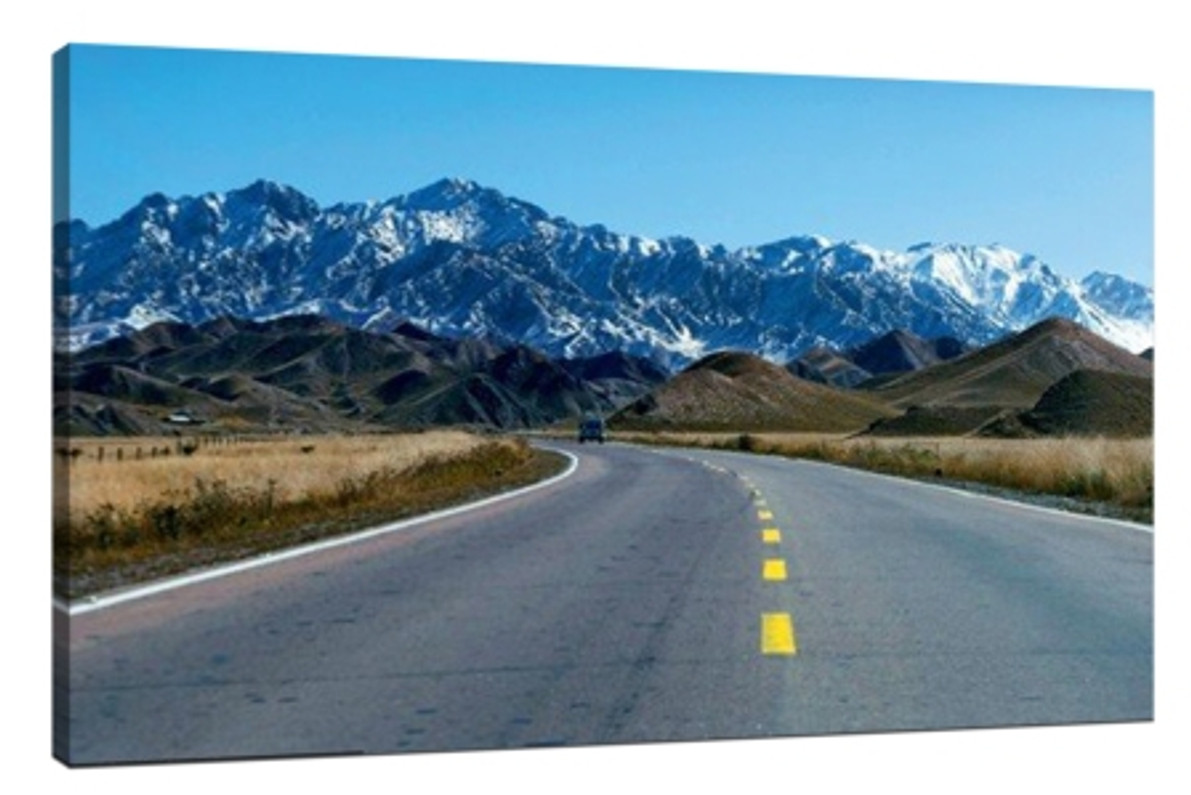7 Practical Techniques for Mastering Photographic Composition
Photography is more than just pointing your camera and clicking a button. It’s about capturing the essence of a moment, telling a story, and creating images that resonate with your audience. A crucial element that separates amateur photographers from professionals is photographic composition. When you master the art of composition, you elevate your images, creating something worth showcasing—whether on your website, social media, or even as canvas prints Australia for home décor. In this blog, we’ll explore seven techniques to help you improve your photographic composition.
1. The Rule of Thirds
One of the most fundamental yet powerful composition techniques is the rule of thirds. Imagine breaking your image into a grid with two vertical and two horizontal lines. Place the key elements of your shot along these lines or at their intersections. This simple yet effective technique ensures a balanced composition and helps guide the viewer's eyes naturally through the frame.
Whether you’re photographing landscapes, portraits, or street scenes, the rule of thirds can help you create harmonious and visually engaging images. It’s particularly useful when you want to avoid placing your subject dead center, which can sometimes feel static or uninspiring.
2. Leading Lines
Leading lines are a fantastic way to add depth and direction to your photos. These are lines within the scene—such as roads, fences, or rivers—that lead the viewer’s eyes into the image. Leading lines can also guide the viewer toward a subject or create a sense of perspective.
Incorporating leading lines into your compositions gives your photo a feeling of movement and energy. They also help your audience stay focused on the main subject. If you're capturing cityscapes, a train track or busy street can serve as the perfect lead-in to a larger scene.
3. Framing the Subject
One of the most effective ways to emphasize your subject is to frame it using elements within the environment. This could be through doorways, windows, arches, or even tree branches. Framing directs attention to the subject, making it stand out against the rest of the scene.
This technique also adds a sense of depth and creates a more immersive viewing experience. When done well, framing can create a sense of intimacy or mystery, depending on the context of the image.
4. Symmetry and Patterns
Humans are naturally drawn to symmetry and patterns. Whether you're shooting architecture, nature, or everyday life, look for symmetrical elements or repeating patterns that can make your photo more compelling. Symmetry can create a strong visual impact, while patterns—like rows of trees or architectural details—add rhythm and structure to your composition.
Incorporating symmetry or patterns can help bring a sense of order and balance to an image. However, sometimes breaking symmetry intentionally can make for an even more striking image, creating tension and intrigue.
5. Negative Space
Negative space refers to the empty areas around your subject. It might seem counterintuitive, but leaving space around your subject helps to highlight it, creating a powerful and minimalist effect. This technique works particularly well for portraits or when you want to emphasize the scale or isolation of a subject.
Negative space can also evoke a certain mood or feeling. A vast, empty landscape can make your subject feel small and insignificant, while a lot of empty space around a person can convey a sense of loneliness or contemplation.
6. Depth of Field (DOF)
The depth of field (DOF) in a photo refers to the area in focus. By manipulating DOF, you can direct the viewer’s attention to a specific part of your image. A shallow depth of field (where the background is blurred) helps isolate the subject and create a sense of intimacy. This is especially effective in portrait photography, where you want the person’s face to stand out against a soft, dreamy background.
Conversely, a deep depth of field (where both the foreground and background are in focus) works well for landscape photography. It allows the viewer to appreciate the full scene, from the foreground to the distant horizon.
7. Use of Light
Finally, understanding and using light effectively is crucial for great composition. Natural light—especially during the golden hour (just after sunrise or before sunset)—can make a dramatic difference in your photos. Soft, diffused light creates a pleasant, flattering look, while harsh midday sunlight can cast strong shadows and create high contrast.
In addition to natural light, artificial lighting sources can also add a creative element to your compositions. Backlighting, side lighting, or experimenting with shadows can all enhance the mood and tone of your image.
Conclusion
Mastering photographic composition is an essential skill for any photographer looking to create visually appealing and impactful images. Whether you’re photographing a stunning landscape, a candid portrait, or a quiet still life, these seven techniques—rule of thirds, leading lines, framing, symmetry, negative space, depth of field, and light—can help you take your photos to the next level.
If you want to showcase your photography in a meaningful way, consider turning your favorite shots into canvas prints Australia. By displaying your images on canvas, you create timeless décor that captures the essence of your work and transforms your space. Ready to transform your photography? Explore the possibilities with canvas prints at Custom Canvas Online.
Recent Posts
-
How to Use Personalized Canvas Prints to Showcase Your Travels
Travel is more than a destination—it is a collection of moments, emotions, and stories worth preserv …6th Jan 2026 -
The Different Types of Canvas Prints: Matte, Glossy, and Textured Finishes Explained
When shopping for wall art, many customers focus on image quality and price, but often overlook one …4th Jan 2026 -
The Emotional Power of Canvas Prints: Turning Memories into Meaningful Wall Art
In a digital-first world where thousands of photos live unseen on phones and hard drives, canvas pri …4th Jan 2026
